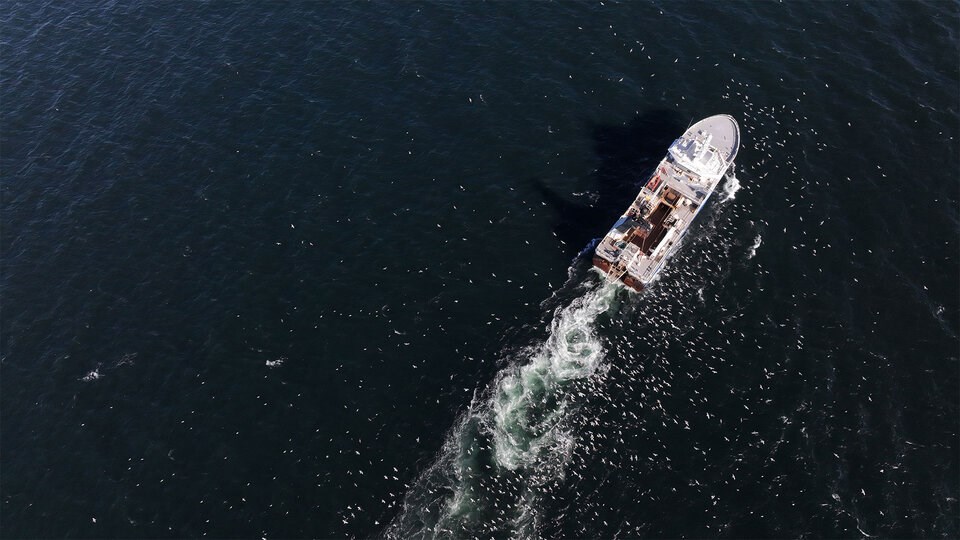B.C. fishing trawlers caught and discarded more than 28,000 salmon last season, nearly all of them chinook salmon, a species of concern and the primary food source for endangered southern resident killer whales.
The results from a new enhanced monitoring program, carried out by Fisheries and Oceans Canada (DFO) and reported in a pre-publication, found the amount of chinook salmon caught as bycatch in the 2022-2023 season was triple the previous 14-year average and higher than at any point since 2008.
“It's a huge amount of fish being just slaughtered and discarded,” said Sydney Dixon, a marine specialist with the environmental group Pacific Wild.
“For a species that is endangered or threatened in many parts of southern British Columbia and Washington state, as well as the primary food source for our critically endangered southern resident killer whales, that's a huge problem.”
The southern residents range from California to B.C., but in recent years, their numbers have stagnated, climbing just slightly to 75 individuals after the recent birth of a new calf. Industrial toxins, collisions with boats and acoustic disturbances all pose dangers to the whales, but a lack of chinook salmon is among their biggest threats.
An analysis from Fisheries and Oceans Canada shows the southern resident whales face a 24 per cent chance of functional extinction as early as 75 years from now.
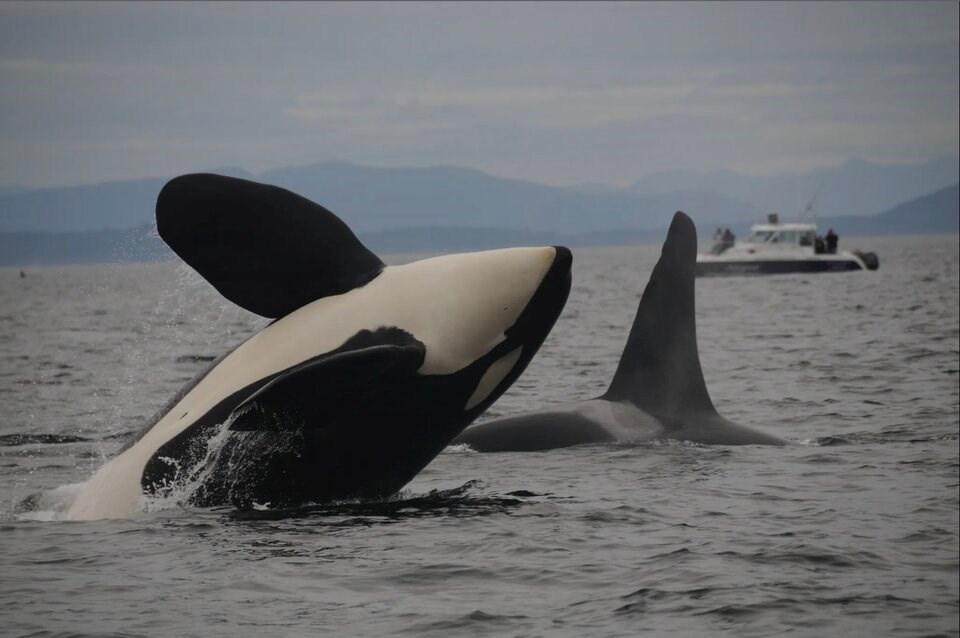
The latest DFO report targets B.C.’s deep water trawling fleet, which consists of 45 boats with crews ranging from three to 26 people. All year long, the fleet releases their nets into the province’s waters to catch ground fish like Pacific hake and Walleye pollock — what Dixon describes as low-value products ranging from fish sticks to pet food.
Whereas in past years, at-sea observers would estimate the number of salmon accidentally caught in the boat’s nets, the new pilot program requires trawlers cut the heads of salmon and retain them for DNA analysis and recovery of coded wire tags, which are inscribed with a numeric code and implanted in the snout of juvenile migrating salmon.
The report found the percentage of bycatch that came from Canadian rivers was highest in the Strait of Georgia. Chinook from watersheds in Chilliwack, Harrison and Cowichan were particularly hard hit. Chinook DNA samples also pointed to Big Qualicum River, Nicola River, Robertson Creek, Puntledge River and Quinsam River.
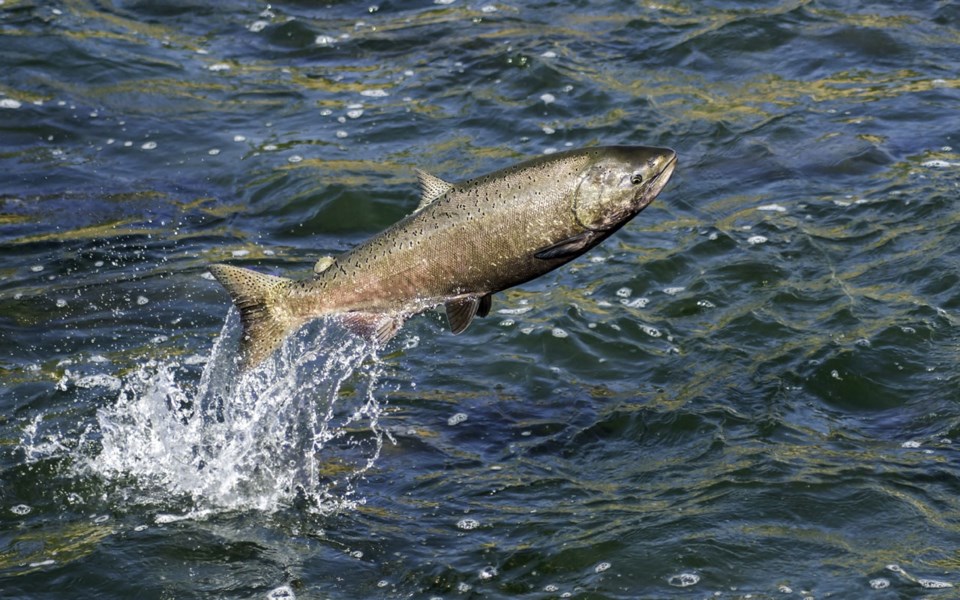
Big fishing boats that freeze their catch were responsible for the largest bycatches of chinook salmon in B.C., largely in the waters surrounding Haida Gwaii, the Johnstone Strait, and the southern west coast of Vancouver Island, the report found.
On Nov. 14, 2023, DFO closed five sub-areas around northeastern Vancouver Island to mid-water trawl gear as a precautionary effort to reduce Pacific salmon bycatch.
Industry says ‘abundance of salmon’ to blame
Brian Mose, executive director of the Deep Trawlers Association of BC, said Pacific Wild was unnecessarily raising alarm over the numbers. He said the high number of chinook bycatch reported in 2022 and 2023 was largely due an abundance of salmon and that most of the chinook were under two years old.
Industry, Mose said, participated in the pilot study to create a baseline understanding of what was going on, with the intention of reducing bycatch by two-thirds over the coming years.
“We were asked not to avoid salmon but to retain salmon. So that’s exactly what we did,” he said.
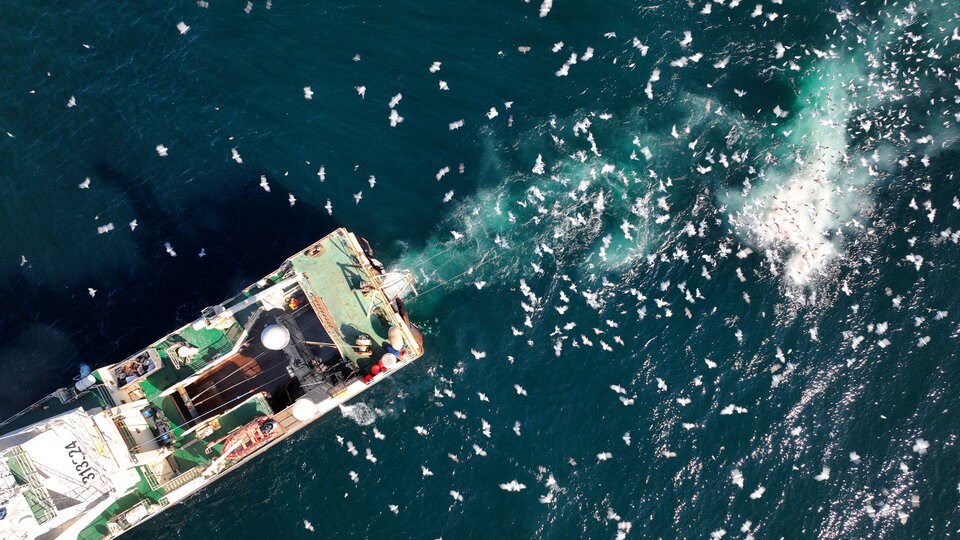
Bruce Turris, executive manager of the Canadian Groundfish Research and Conservation Society, said that whenever you put a net or hook into the water, you are bound to catch a “whole bunch of things.”
“I mean, these are the realities of the industry,” Turris said. “To shut down the trawl fishery because you want to have zero interceptions of chinook salmon would have a significant impact over the world as well as in British Columbia and Canada.”
Many intercepted chinook bound for U.S. rivers
In many cases, more than half of the genetic data came back showing the chinook salmon were not from Canada, but had home rivers in Washington, Oregon, and to a lesser extent, Alaska.
In Haida Gwaii and Johnstone Strait, where bycatches were among the largest, between 40 and 63 per cent of fish came from U.S. home rivers.
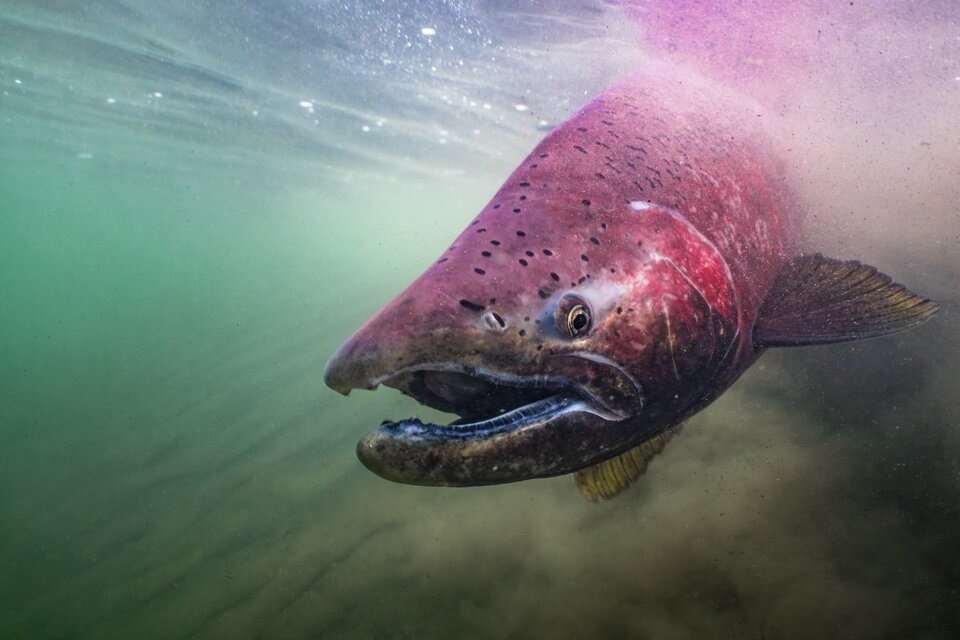
That could have big consequences for salmon fisheries south of the Canada-U.S. border, said Greg Mueller, executive director of the Washington Trollers Association, an industry organization that represent the state’s largest fish processors and two-thirds of its salmon trawlers.
“That puts a major dent in the quota that we can fish on down here,” he said. “Washington sport and commercial salmon fishers have taken the brunt of the interceptions, whether it be in B.C. or Alaska.”
“If those fish are not accounted for, there’s a problem… That's the bottom line.”
Fishing fleets throw up gauntlet in whale's access to prey
The latest bycatch data comes as many on the B.C. side of the border raise concerns of ongoing interceptions of B.C.-bound fish transiting through Alaskan waters.
In May 2023, a U.S. federal judge threw out a key authorization that allowed a fishery in southeast Alaska to intercept hundreds of thousands of chinook salmon before they could reach southern resident killer whales in B.C. and Washington.
The ruling, which is currently on hold as the case wends its way through the U.S. Ninth Circuit Court of Appeals, would ostensibly open up a path south for 172,000 chinook that would have otherwise been harvested or indirectly killed in Alaska, according to Conrad Gowell, a biologist with the Wild Fish Conservancy, which filed the initial lawsuit.
The successful return of the fish from Alaska would represent roughly a five per cent boost in the availability of prey for the southern resident killer whales, just enough to allow the population to stabilize but not grow, according to an expert declaration to the court from Robert Lacy, a conservation scientist with the Chicago Zoological Society.
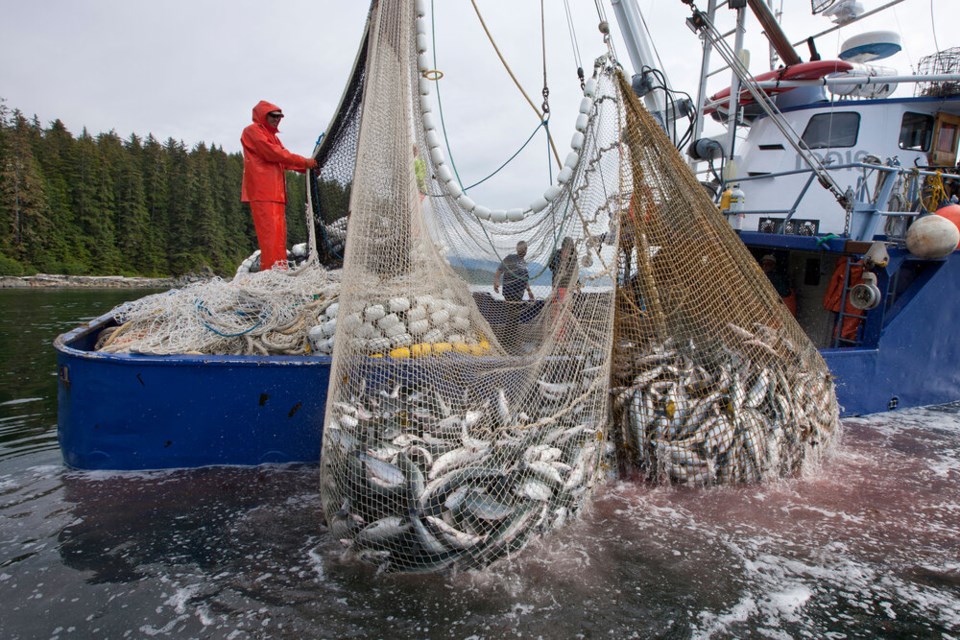
Bycatch caught by B.C. trawlers last year accounted for about 15 per cent of what Alaskan fishers intercept every year.
“In the grand scheme of things, it may not seem like a huge percentage of the overall catch of chinook in the North Pacific, but it could have devastating consequences,” Gowell said.
“When you have very small populations of chinook trying to exist in rivers, and that level of bycatch happening, it’s very easy to wipe out small, sensitive populations.”
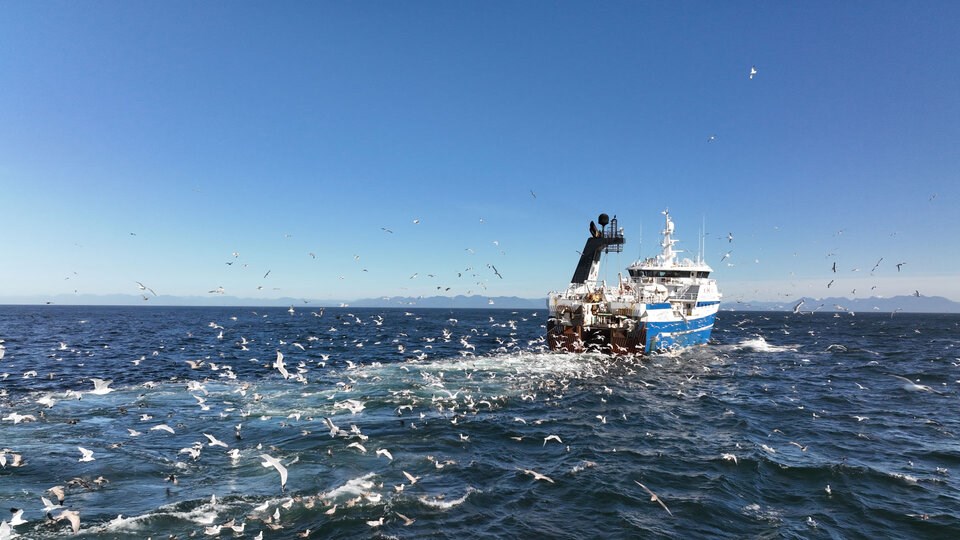
Bigger changes required in the long-run
Gowell said while the new bycatch data collected by the Canadian federal government is welcome, a larger change in the way fisheries operate needs to occur if salmon have any hope of recovery over the long run.
The biggest solution, he said, is moving toward a fisheries model that prioritizes local communities harvesting near a fish population's river of origin. That way, local fishers have a vested interest in protecting the long-term survival of the species at a time when human pressures are colliding with climate change.
“They are disappearing, but they're also shrinking. And all of these issues are intertwined in such a complex way,” he said.
“I feel like the general public doesn’t fully grasp the crisis at hand.”
